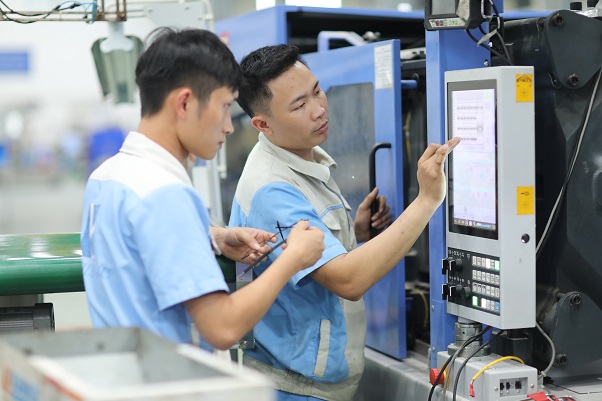Introduction: In the realm of modern manufacturing, the art and science of mold making play an indispensable role. From automotive components to consumer electronics, high-quality molds are the backbone of efficient production processes. In this article, we delve into the intricacies of the mold-making industry, its technological advancements, and its significance in shaping various sectors.
Section 1: Understanding Mold Making
- The Basics of Mold Making: Exploring the process of creating molds using various materials, such as steel and aluminum, to achieve precision and durability.
- Mold Design: Highlighting the crucial role of design engineers in conceptualizing and creating mold designs that meet specific product requirements.
- Mold Fabrication: Discussing the intricate steps involved in fabricating molds, including CNC machining, EDM (Electrical Discharge Machining), and surface finishing techniques.
Section 2: Applications of Mold Making
- Automotive Industry: Examining how mold making contributes to the production of intricate car parts, such as dashboards, bumpers, and engine components.
- Consumer Electronics: Illustrating how precise molds enable the manufacturing of smartphones, tablets, and other electronic devices with intricate designs and dimensions.
- Medical and Pharmaceutical Sectors: Highlighting the importance of mold making in producing medical devices, equipment, and packaging materials that adhere to strict quality standards.
Section 3: Technological Advancements in Mold Making
- 3D Printing and Additive Manufacturing: Exploring how these innovative techniques are revolutionizing mold making by enabling rapid prototyping, complex geometries, and cost-effective production.
- Simulation and Virtual Testing: Discussing the use of advanced software tools that simulate mold filling, cooling, and deformation, helping to optimize mold designs and reduce lead times.
- Automation and Robotics: Highlighting the integration of automation and robotics in mold making processes, enhancing precision, efficiency, and overall productivity.
Section 4: The Future of Mold Making
- Industry 4.0 and Digitalization: Discussing how mold making is embracing digital technologies, such as IoT (Internet of Things), cloud computing, and data analytics, to enable smart manufacturing and real-time process monitoring.
- Sustainable Mold Making: Exploring eco-friendly practices, including the use of recyclable materials, energy-efficient processes, and waste reduction, to minimize environmental impact.
Conclusion: As the manufacturing landscape continues to evolve, the importance of mold making remains paramount. From intricate designs to sustainable production, the mold-making industry continues to drive innovation and shape various sectors. Understanding its processes, advancements, and future trends is crucial for manufacturers aiming to stay competitive in today’s dynamic marketplace.

